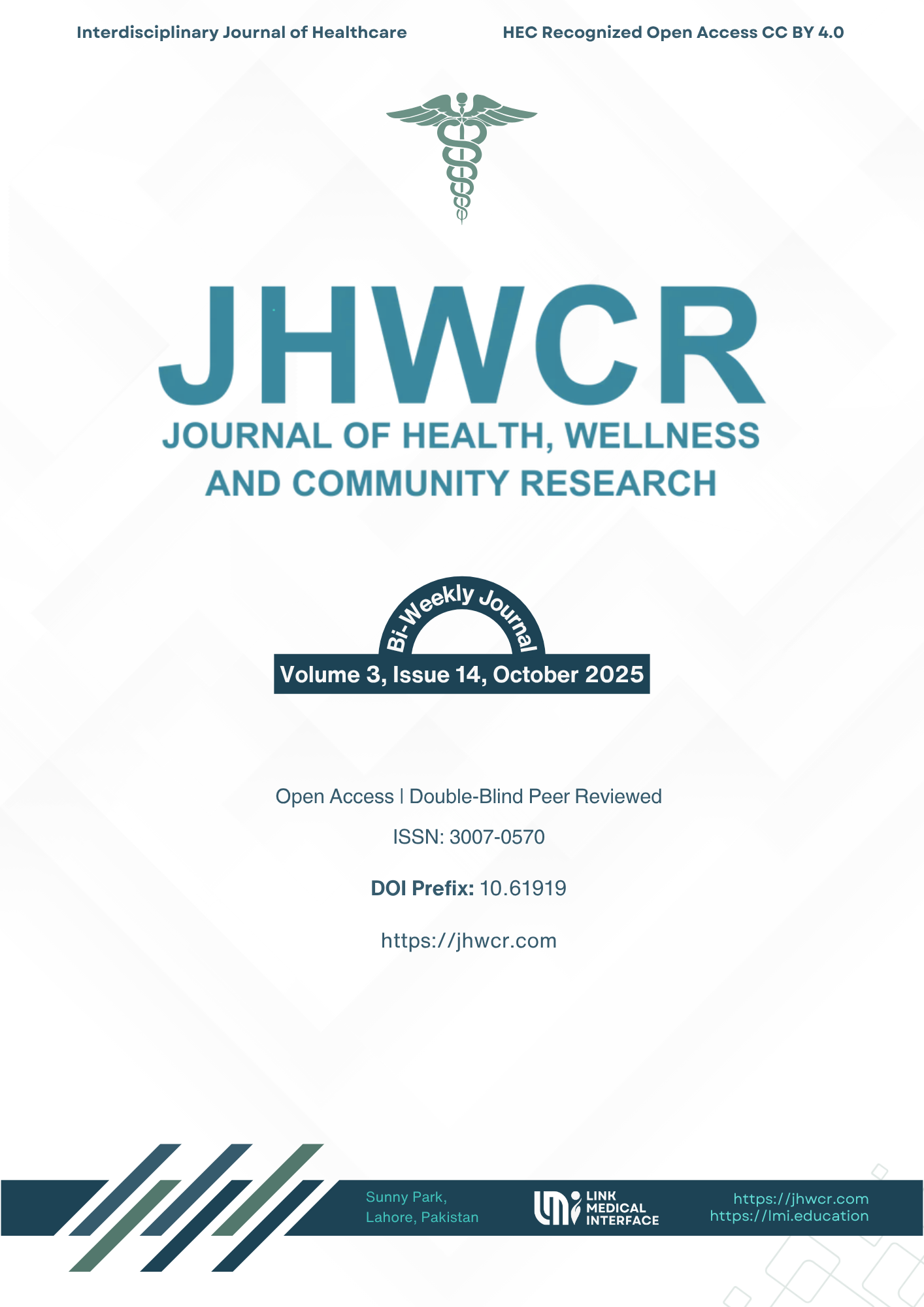Gestational Windows Where Genetic and Neurobiological Mechanisms Converge in Autism Risk: A Systematic Review
DOI:
https://doi.org/10.61919/z7fb7t85Keywords:
Autism Spectrum Disorder; gestational timing; prenatal neurodevelopment; genetic risk; neurobiological mechanisms; maternal immune activation; synaptogenesis; systematic review.Abstract
Background: Autism Spectrum Disorder is increasingly recognized as a neurodevelopmental condition emerging from the interplay of genetic predispositions and neurobiological perturbations during prenatal development. However, the temporal alignment of these mechanisms within gestational stages remains poorly defined. Clarifying when distinct risk pathways exert their maximal influence may refine current etiological models and inform targeted preventive strategies. Objective: To systematically synthesize and map existing genetic and neurobiological theories of autism onto specific gestational windows, identifying periods of maximal convergence and vulnerability. Methods: A systematic search of PubMed, PsycINFO, Scopus, and Web of Science was conducted for studies published between January 1990 and September 2025. Eligible studies included human and translational animal research examining genetic, epigenetic, immune, endocrine, or neurodevelopmental mechanisms linked to Autism Spectrum Disorder. Screening and extraction were performed in duplicate using Rayyan, with risk-of-bias assessment via RoB-2, ROBINS-I, and SYRCLE tools. Data were narratively synthesized following PRISMA 2020 guidelines and organized into trimester-based categories reflecting key developmental processes. Results: Out of 9,426 records screened, 148 studies met inclusion criteria (61 human, 35 animal, 52 reviews/meta-analyses). Evidence demonstrated distinct trimester-specific convergence: (1) first trimester—chromatin remodeling, de novo mutations, and maternal immune activation disrupting progenitor proliferation; (2) second trimester—polygenic and synaptic network dysregulation producing excitation–inhibition imbalance; and (3) third trimester—hormonal and metabolic modulation influencing pruning, myelination, and connectivity refinement. Certainty of evidence was highest for mid-gestational convergence (GRADE: high). Conclusion: Autism risk appears to arise from temporally clustered perturbations rather than continuous exposure, with distinct biological mechanisms dominating each developmental stage. This Gestational Convergence Model (GCM) reframes Autism Spectrum Disorder as a disorder of developmental timing, providing a foundation for temporally targeted prevention and early intervention strategies.
Downloads
Published
Issue
Section
License
Copyright (c) 2025 Maryam Khawar, Bismah Tayyab, Iqra Naz (Author)

This work is licensed under a Creative Commons Attribution 4.0 International License.


